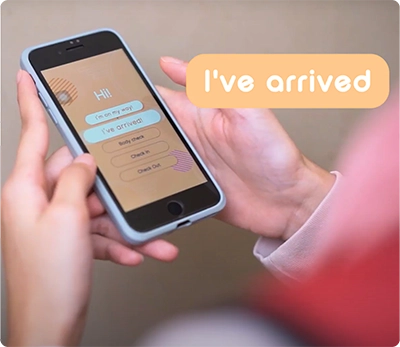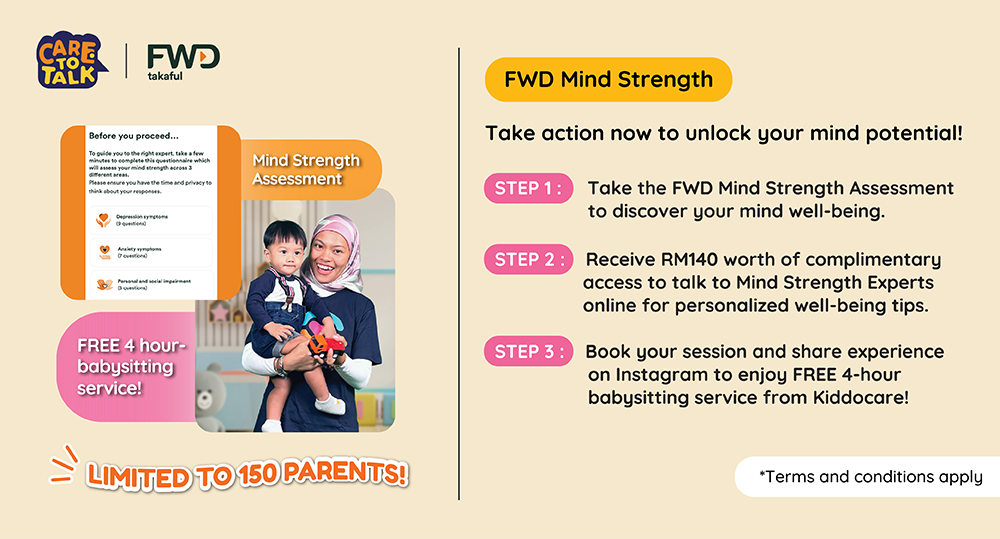How to Use Positive Language to Get Your Children to Listen to You
“Stop playing.”, “I don’t want you to do that!” You might find yourself using these words and phrases repeatedly especially when your children begin to grow up and make their own decisions. Let’s take a moment and be honest with yourself, count how many times you have used these words or phrases with your children.
One? Two? Seven? Or… wait, let me guess, have you lost count?
Now, look back and consider how the conversation might feel if you couldn’t use these phrases? Rather than saying ‘no’ or ‘don’t’, try choosing words to tell them what they can do. While it might seem small, it can actually provide a powerful change to the tone and flow of your conversation with your children.
Here’s the thing, children have not fully developed their logical and reasoning skills to be able to connect the dots. When they are told not to do something, it is natural for them to do the total opposite. Constantly saying ‘no’ to them can inevitably spark more tantrums and whines and make them feel angry, confused and frustrated.
So the big question is, ‘how do we say yes when we mean no?’ You can definitely start small by paying attention to the little details; how many times you say ‘no’, curiosity is cut short or requests are shut down. This helps us realize when our communication could use some adjusting.
Here are some other ways you can incorporate positive language to get your children to listen to you:
- Replace ‘Don’t’ with ‘Do’
If you find yourself saying more ‘don’t’ than ‘do’, it’s time to flip the table and make a routine out of it. Showing your children what they can do is a lot easier for yourself and your children.
If you see your children running around the living room, try saying, “Hey, let’s run around in the garden instead. Remember, we only run around outside.” If you see them playing with a sharp object, for example a scissors, you can say ‘Scissors are only for cutting papers. Let me show you how to cut some paper shapes.”
When you tell them to ‘do’ rather than just telling them ‘no’ or ‘don’t’, you are giving them other options that are better than what they are doing wrong.
- Give Your Children Time to Respond
Always remember that your children will take time to respond to your requests as they are beginners learning how to communicate ie: speak, comprehend, express etc. They need time to understand, think and respond to situations. Remaining calm and repeating your requests may help them to respond better and you will both enjoy each other’s company.
- Offer Choices
When you give your children choices or options of the things they can do, they are more likely to select one of the choices you have offered because it makes them feel like they are in control. This works for parents because it avoids you from saying ‘no’ too often.
Instead of saying, ‘Don’t do that!’, you can ask, ‘Do you want to play Monopoly or do an outdoor activity together?’ This gives them safer options while diverting their attention from the undesirable activity.
- Provide Simple but Concise Explanations/Reasonings
It is easy to understand why kids keep doing what they are not supposed to do, even when they are told not to do so. They are curious and eager to hear the ‘why’. We often overlook giving them reasons why we say ‘no’ but truth be told, telling them why they can’t do something helps them learn. In this way, it gives them a chance to acknowledge why you are saying ‘no’ to their actions.
Making positive changes to your communication style needs practice but with time and patience, you will see that your children will have fewer tantrums and become more independent in the future. Just keep in mind that words have power, ergo using positive language can go a long way.
ENJOY EVERY MOMENT OF PARENTHOOD! YOU GOT THIS MUMS & DADS!








































